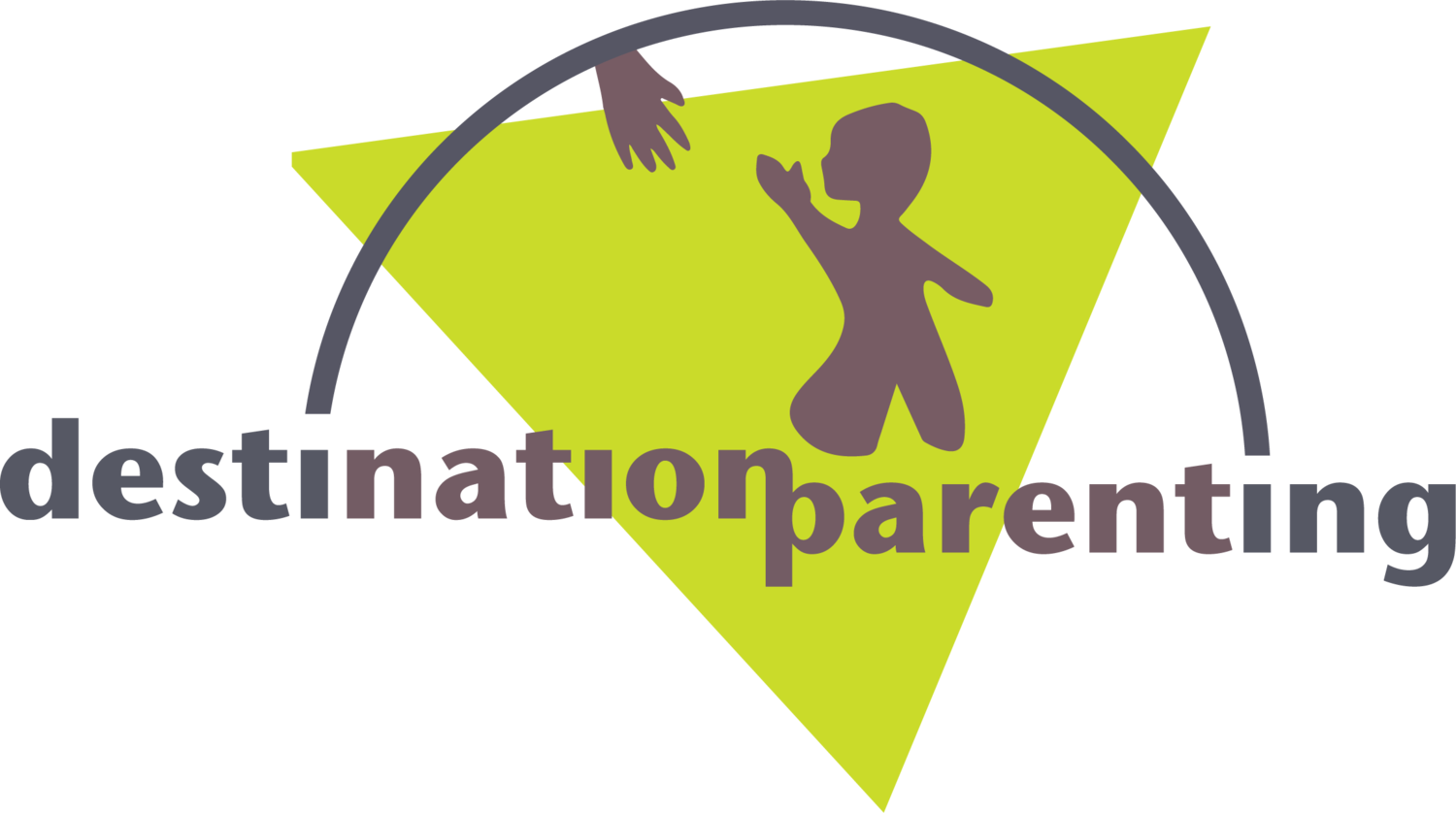What Can Your Baby See?
As your little one looked back at you for the first time, you no doubt wondered what she saw and whether she recognized you. Well, scientists are also curious about what babies understand and when. In the past few decades, infant researchers have been using technological advances and creative methods to figure out how babies see their world. Let’s take a peek at some of what they’ve uncovered.
Early developments
First of all babies see with their brain, not merely with their eyes, and this neurological development begins even before they are born. A fetus responds to light through the uterine wall and even blinks in the womb. Once born, a baby will respond to lights in her very first hours, although vision is the weakest of the newborn’s senses. In fact, her vision will continue to be fuzzy and unfocused for many months, not reaching adult clarity until 6 to 8 months. Color vision doesn’t truly kick in until the 3rd month, which is why objects with high contrast (such as black and white) are so intriguing to them at first. As anyone who’s ever held a newborn will tell you, faces hold a special fascination for babies. Many scientists think this preference for faces is a by-product of evolution, since good survival skills would dictate that you are attuned to your caregiver from the get-go. Other scientists say that experience builds the brain, and since faces-at-arm’s-length are the majority of what babies see at first, the brain recognizes them best. Whatever the cause, babies do stare at faces intently for seconds at a time, as if trying to make sense of their new world. Experiments show they even prefer happy to sad faces early on!
Seeing is understanding
By six months, baby vision is clear both up close and at a distance. Infants now scan their environment like a pro, focusing on critical features rather than randomly scanning around the edges of objects. They get bored after a short while, and shift their gaze elsewhere for new stimulation. They are more purposeful with their vision -- more information seekers than passive viewers. Parents can tell when their little one prefers certain toys, for example, by how baby searches, her gaze alights and her face beams when she finds what she was looking for. Between 6 and 9 months, you’ll notice that baby reacts differently when you move out of sight; she’ll often cry or try to follow you or even anticipate when you’re leaving. This a sign of her growing understanding of how the world works, that objects and people exist even when she cannot directly see them. Her ability to crawl also leads to another advance in her vision: a better judgment of distances and depth perception. She’ll start to slow down as she approaches the edges of things, peer over and decide if it’s safe to go on. Around her first birthday and well into the next year, she’ll actively make comparisons of objects in terms of their size, color and other features and enjoy putting pieces together to make a whole. These advances are signs of the incredible knowledge base she is accumulating as she moves towards the next big milestone: labeling the objects she sees.
What’s a parent’s role?
Provided your baby came into the world without major complications, your best approach is to provide her with everyday experiences that meet her developmental needs. If your baby was born quite prematurely or is developmentally delayed in some way, there may be eye muscle coordination, astigmatism or other issues to deal with. Use your pediatrician’s office or early intervention staff as a resource to find out what if any activities are recommended for your baby’s unique situation. Know that no toy or video is going to magically advance her visual skills. In fact, you are better off thinking about how to not overstimulate your baby visually than whether she’s getting enough. Research shows that young infants show telltale signs of when they’re “done” and need to rest. These include rubbing eyes, avoiding eye contact, yawning, startling, sneezing, even hiccups in young infants. Particularly when you are purchasing items that’ll be in the crib environment, keep soothing visuals and motions in mind. It’s also important to know that vision doesn’t develop in isolation, so select toys that help encourage hand-eye coordination through reaching and grasping or that link vision and sounds in a coordinated (not random) way. Objects that disappear and appear have a special appeal for older babies and toddlers, who also adore motion. Rest assured that a baby’s natural world is so full of interesting cues that vision usually develops just fine on its own.
*********************************
Maureen O’Brien, PhD is a developmental psychologist and mother of twins who lives in Boston. She lectures and consults on child development and parenting issues and is the author of the parenting series, Watch Me Grow: I’m One-Two-Three.



